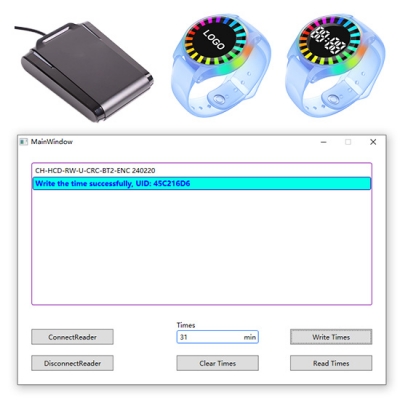Why Your Assets Always Seem "Out of Control"?
Fixed assets form the cornerstone of any enterprise, ranging from office computers to large-scale production equipment. Mismanagement directly impacts three core dimensions:
- Financial Risk: Overshooting procurement budgets, persistently high maintenance costs, and financial statements failing to accurately reflect asset values.
- Efficiency Losses: Slow response to equipment failures, difficulties in tracing responsible parties, leading to implicit losses due to production or operational interruptions.
- Compliance Hazards: Chaotic ledger records during tax audits, improper asset disposal potentially provoking legal risks.
RFID (Radio Frequency Identification technology) emerges as a game-changer in fixed asset management. In essence, by affixing an "electronic tag" to each asset, RFID enables contactless data retrieval. Compared to traditional barcodes, RFID offers advantages in terms of rapid data retrieval, strong anti-interference capabilities, and bulk identification.
Swift Data Entry: When acquiring new equipment, simply scan the RFID tag using a mobile app to automatically capture details like model, supplier, purchase amount, completing documentation in 3 seconds.
Dynamic Ledger: Asset location changes, maintenance records, depreciation status, all synchronize in real-time to the cloud, bidding farewell to the cumbersome manual Excel updates.
Precise Localization: By utilizing tag coding, one can rapidly query the asset's department, user, historical trajectory, effectively eradicating the issue of "vanishing assets."
With the incorporation of RFID asset tracking tags into the asset management framework, enterprises can transform chaos into streamlined efficiency, paving the way for substantial improvements in operational effectiveness and compliance.














